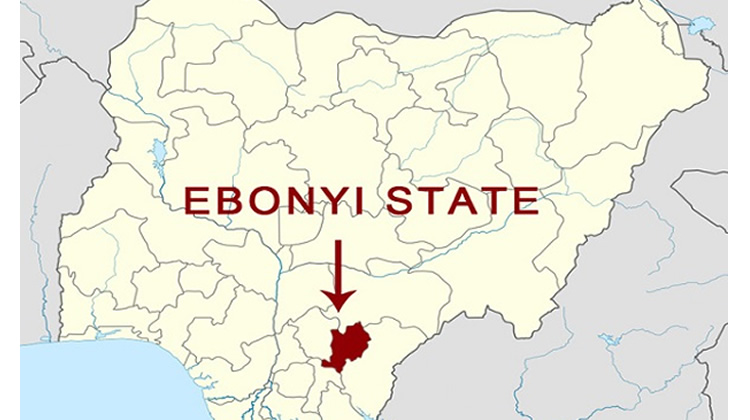Seplat Petroleum Development Company Plc has released its consolidated interim financial results for the period ended March 31, 2019, showing 38 per cent reduction in finance cost.
The results which showed positive impact of the 2018 debt refinancing and subsequent deleveraging resulted in a 38 per cent year-on-year reduction in finance costs to $16 million from $26 million recorded in 2018.
The company unaudited financial result showed that Net profit stood at $33 million after adjusting for a tax credit of $13 million.
Seplat Petroleum is a leading Nigerian independent oil and gas company listed on both the Nigerian Stock Exchange and London Stock Exchange.
Commenting on the results, Seplat’s Chief Executive Officer, Austin Avuru said “Our operations have continued to perform in line with expectation, with the phasing of our 2019 work programme such that the production uplift will be felt throughout the second half of the year as we step up drilling activities to focus on capturing the numerous high margin and short-cycle cash return opportunities within our current portfolio.
“The next phase of growth for our gas business is now gathering pace following FID for the ANOH project, with governments first tranche of equity investment received. We have continued to deleverage the balance sheet and self-fund investments into the existing portfolio from operational cash flow, while retaining the financial flexibility and available resources that will enable Seplat to capitalise on what we expect to be an increasingly busy pipeline of inorganic growth opportunities that fit our acquisition criteria.”
He said production uptime in the first quarter stood at 85 per cent, adding that reconciliation losses are yet to be finalised but are expected to remain at levels consistent with prior periods.
He, however said that the Full year 2019 production guidance maintained at 49,000 to 55,000 boepd on a working interest basis, comprising 24,000 to 27,000 bopd liquids and 146 to 164 MMscfd (25,000 to 28,000 boepd) gas production.
He explained that sequencing of the 2019 work programme means the corresponding production uplift will be realised progressively throughout second quarter; 2019 capex guidance maintained at $200 million, excluding investment in the ANOH joint venture.
The result showed revenue of $160 million and gross profit of $81 million represents a 51 per cent, gross profit margin unchanged year-on-year.



